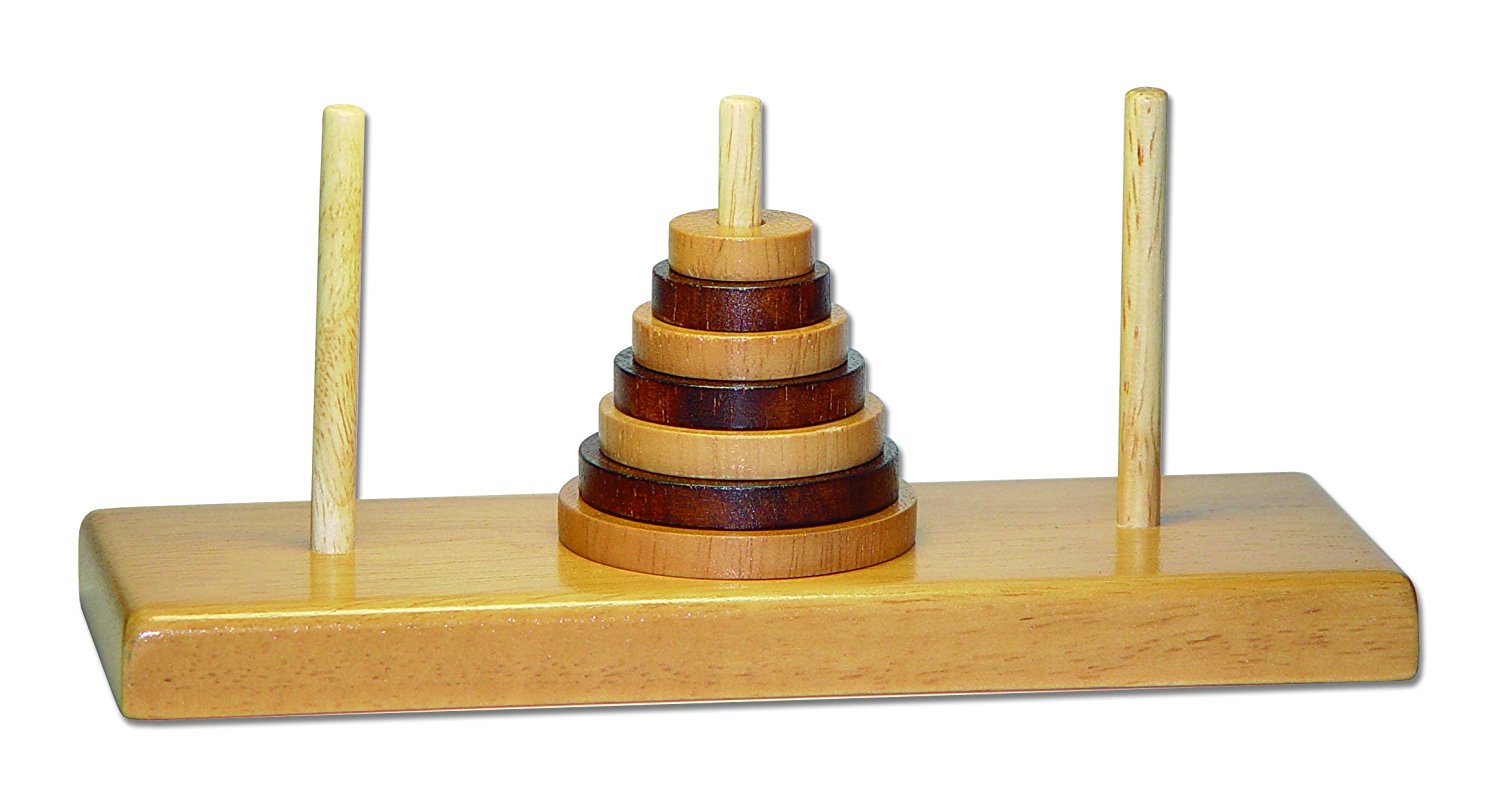
Write a class Rectangle representing a rectangle in 2 dimensions. The class should support these operations:
Rectangle(p, q) – make a rectangle with corners at Points p and q
r.area() - return the area of a rectangle
r.perimeter() - return the perimeter of a rectangle
r.contains(p) – return true if point p is inside the rectangle r
r.intersects(s) – return true if rectangle r intersects rectangle s
Write a class Circle representing a circle in 2 dimensions. The class should support these operations:
Circle(p, r) – make a circle whose center is at p, with radius r
c.area() - return the area of a circle
c.circumference() – return the circumference of a circle
c.contains(p) – return true if point p is inside the circle c
Write a
class Vector that represents a vector in n-dimensional
space.
Provide an initializer that takes a list of numbers, yielding a vector with those components.
v.add(w) should add two vectors.
v.mul(w) should multiply a scalar times a vector, yielding a new vector.
v.dot(w) method should compute the dot product of two vectors, yielding a scalar.
v.length() should compute the length of a vector.
v.angle(w) should computes the angle between two vectors in radians.
A vector should have a string representation such as "[3.25 5.02 -6.12]", with two digits after the decimal point in each component.
Write a class Date representing a month and day. The class should support these operations:
Date(m, d) – make a Date representing the given month (1 ≤ m ≤ 12) and day (1 ≤ d ≤ 31)
d.next() - return the Date after d
d.prev() - return the Date before d
d.add(n) – add n days to the given Date, wrapping past Dec 31 to Jan 1 if necessary
A Date object's string representation should look like this: "May 15".
Write a function that computes the sum of two matrices A and B, represented as lists of lists. Assert that the matrices have the same dimensions.
Write a function that computes the product of two matrices A and B, represented as lists of lists. Assert that the matrices have dimensions that are compatible for multiplication.
The Tower of Hanoi is a well-known puzzle that looks like this:

The puzzle has 3 pegs and a number of disks of various sizes. The player may move disks from peg to peg, but a larger disk may never rest atop a smaller one. Traditionally all disks begin on the leftmost peg, and the goal is to move them to the rightmost.
Write a program that reads an integer N and prints a solution to the Tower of Hanoi with N disks. Assume that pegs are numbered from 1 to 3, and all disks begin on peg 1 and must move to disk 3. For example:
How many disks? 2 move disk 1 from peg 1 to peg 2 move disk 2 from peg 1 to peg 3 move disk 1 from peg 2 to peg 3
Write a function cycle that takes a
list of length N representing a permutation of the integers 0, …, N
– 1. The function should return True
if the permutation is a single cycle. For example:
cycle([2, 3, 1, 0]) is True
because the permutation
0 ->
2
1 -> 3
2 -> 1
3 -> 0
is a cycle (0 -> 2 -> 1 -> 3 -> 0).
cycle([2, 3, 0, 1]) is False
because the permutation
0 -> 2
1 -> 3
2 -> 0
3
-> 1
is not a cycle (0 -> 2 -> 0, 1 -> 3 -> 1).